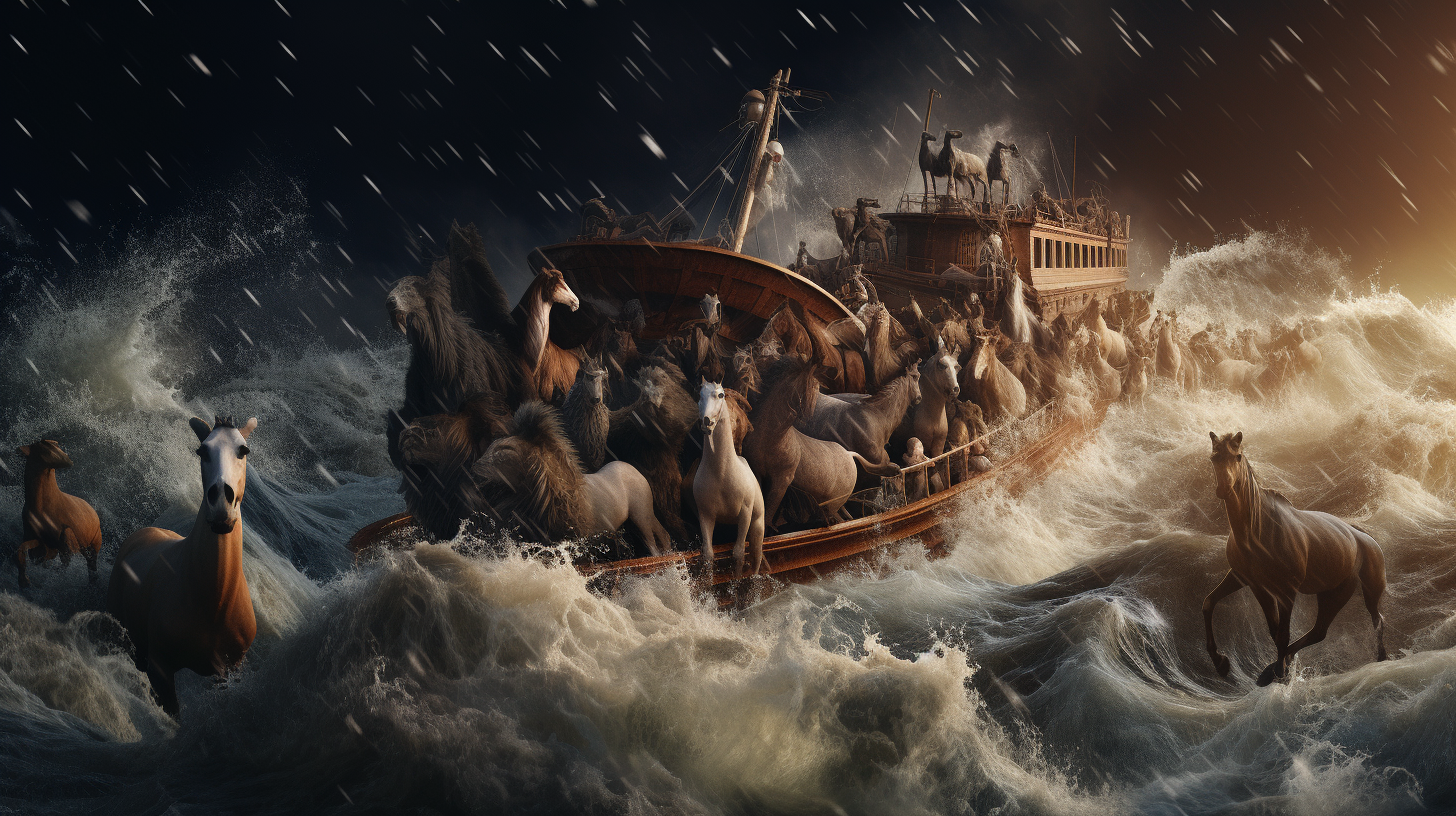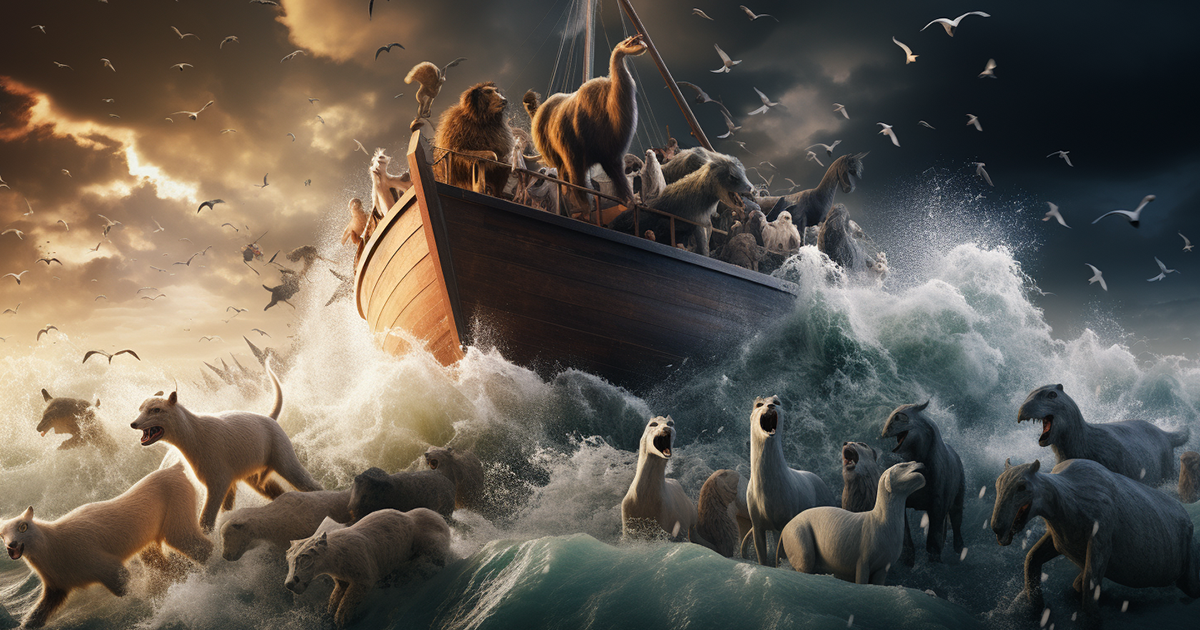In the remote Turkish Highlands of 1959, an ordinary aerial reconnaissance mission took an extraordinary turn. Captain Ilhan Durupanar, tasked with capturing images to map the altered terrain after recent earthquakes, stumbled upon something that would fuel one of history’s enduring legends.
When the developed film revealed what seemed to be the remnants of a massive ship, questions swirled. Why was there a boat perched 6,500 feet above sea level, far from any water? The answer to this enigma, one that has persisted for millennia, revolves around the story of Noah’s Ark.
The tale of Noah’s Ark, chronicled in the Book of Genesis, is a cornerstone of biblical history. It begins after the creation of the universe and the rise of humanity from Adam and Eve.
As mankind’s wickedness escalates, God decides to wipe the slate clean, sparing only Noah and his family under the condition that they construct an ark to house pairs of every animal on Earth.
The detailed instructions for the ark’s construction, its colossal size (515 feet long, 86 feet wide, and 51 feet tall), and the 40-day, 40-night flood make for a captivating narrative. As the floodwaters receded, the ark came to rest on the Mountains of Ararat, which exists today in Turkey.
For centuries, scholars and historians have interpreted this story as a metaphor, a cautionary tale about divine retribution for sin.

However, the discovery of Captain Durupanar’s aerial photograph, combined with other intriguing findings, ignited a fervor among explorers and researchers. Could these images provide concrete evidence of Noah’s Ark, validating the biblical account?
Two avenues of investigation emerged: the search for the ark itself and the quest for evidence of a colossal ancient flood. Large-scale natural disasters tend to leave indelible traces, which can endure for thousands of years.
Remarkably, research indicates that a massive flood did indeed occur in the vicinity of Durupanar’s photograph.
In 1997, a team of geologists, geophysicists, and oceanographers, led by Americans William Ryan and Walter Pittman, uncovered evidence of the Black Sea Deluge.
This geological event, dating back approximately 8,000 years, resulted from the sudden collapse of a massive glacier, causing a surge in the Mediterranean Sea. This flood transformed the region, eventually forming the Black Sea.
The flood’s magnitude was staggering; it could have displaced thousands of people and left an indelible mark on the collective memory of survivors. Could this be the kernel of truth behind the flood stories passed down through generations?
In 1985, another twist emerged in the quest for Noah’s Ark. A 4,000-year-old clay tablet, discovered in the attic of a British Air Force veteran, held the promise of shedding light on the great flood’s location and the ark’s landing site. While it took years to translate the tablet, it offered a fresh perspective on the flood story.
The tablet contained an account of a devastating flood, strikingly similar to the biblical narrative. This discovery added another layer of complexity to the search for Noah’s Ark, raising questions about the origin of the flood myth itself.
It turns out that the Epic of Gilgamesh, a story predating the biblical account by over a thousand years, shared striking parallels with Noah’s Ark, further blurring the line between myth and reality.
The prevalence of flood myths across various cultures underscores a common theme: humanity’s remarkable ability to endure and adapt in the face of catastrophic events. Whether the flood of Noah, the Black Sea Deluge, or the Epic of Gilgamesh, these stories emphasize our resilience as a species.
Video:
In the end, the enduring legend of Noah’s Ark continues to captivate our imaginations, reminding us that beneath the layers of myth and history lies a testament to human ingenuity and determination in the face of nature’s most formidable challenges.

10 thoughts on “The Enduring Legend: Noah’s Ark and Ancient Flood Myths”
Comments are closed.